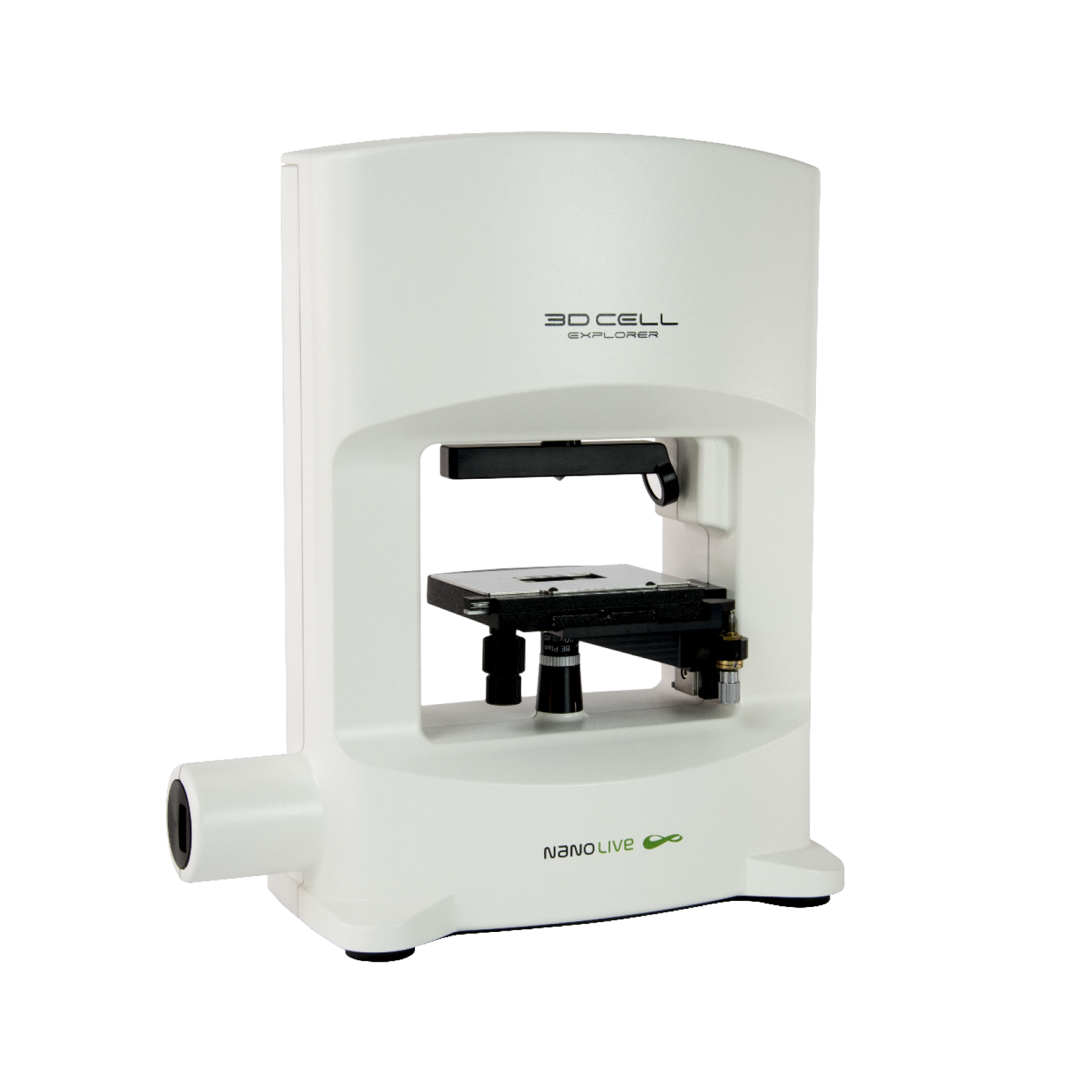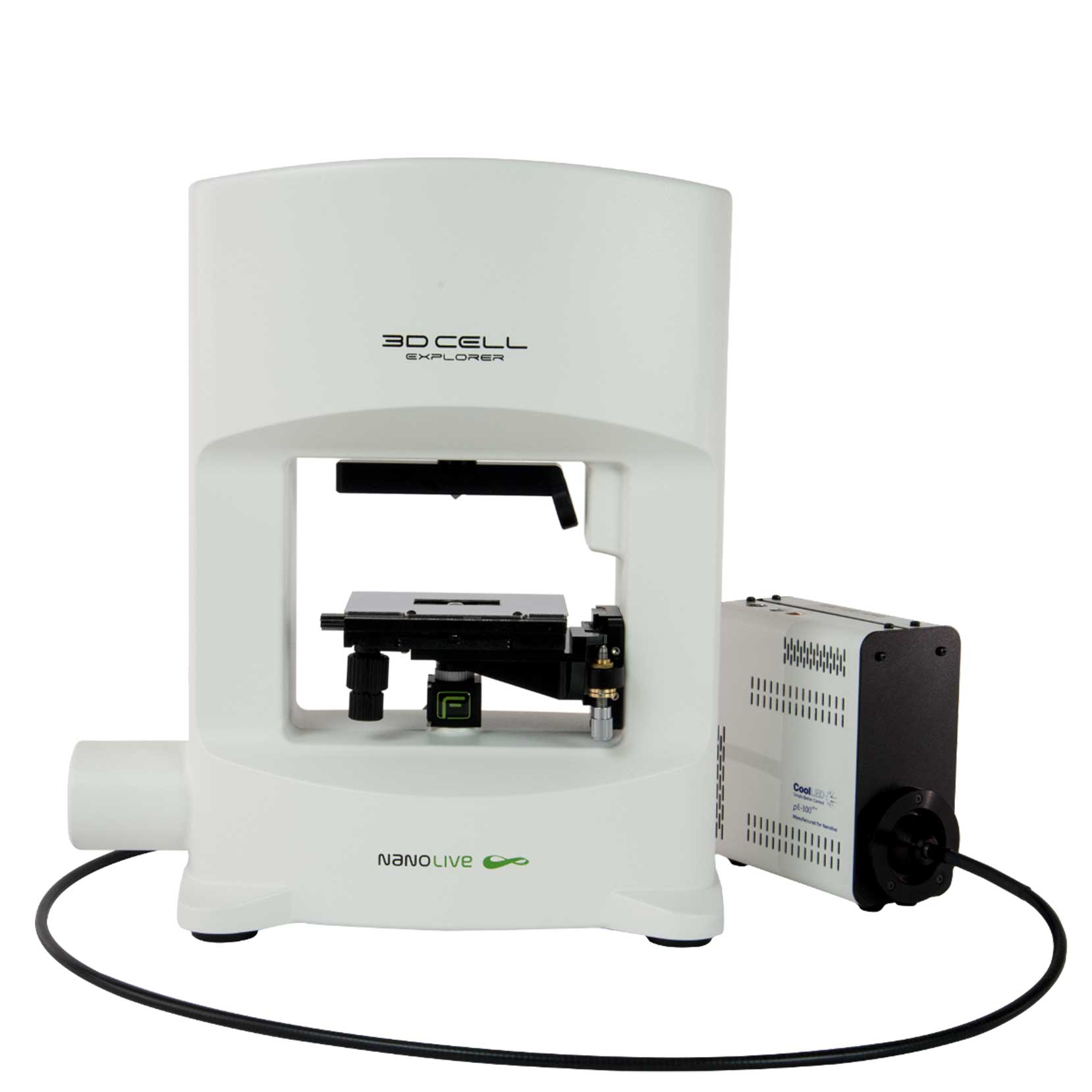Valproic acid (VPA): anticonvulsant, epigenetic modulator, potential cancer treatment?
Valproic acid (VPA) is an anticonvulsant drug that is widely used to treat epilepsy and bipolar disorder. It is also an epigenetic modulator, inhibiting histone deacetylases (HDACs), enzymes that catalyze the removal of acetyl groups causing chromatin condensation and transcription repression [1]. HDACs play a vital role in cell proliferation, apoptosis, and differentiation [2], and so, VPA has been identified as a potential drug of interest in the treatment of cancers [3,4].
VPA interferes with metabolite usage often leading to steatosis
VPA is a branched, short-chain fatty acid (FA) similar to endogenous FAs, which renders it susceptible to mitochondrial FA β-oxidation. Approximately 40% of VPA is catabolized by this pathway, leading to an accumulation of intracellular fat, which explains why patients subjected to chronic VPA treatment are more prone to developing liver microvesicular steatosis [5].
Investigating changes in cell metabolism using Nanolive label-free, live cell imaging
Nanolive imaging measures the refractive index (RI) of a material; an optical property that describes the speed at which light travels through a material. Cellular organelles including mitochondria and lipid droplets (LDs) differ greatly in their chemical and physical composition, and so produce highly specific RI signatures, which allows us to detect drug-induced changes in mitochondrial (e.g., fragmentation) or LD (e.g., distribution or motility) dynamics, label-free [6].
To investigate the response of cells to VPA, 3T3-derived pre-adipocytes cells were grown in DMEM, VPA was added and cells were imaged after 48 h of incubation. One image was captured every 6 secs, for 10 mins, using the 3D Cell Explorer-fluo.
Nanolive imaging suggests VPA enhances lipid droplet mobility
VPA did not kill cells they continued to divide, and confluency increased (population data not shown). It did however, impact both mitochondrial morphology and LD behaviour. Mitochondria were much shorter (fissioned) than usual, while LD mobility increased. These observations highlight the potential that Nanolive cell imaging holds for steatosis research in the future.
References
[1] Phiel CJ, Zhang F, Huang EY, Guenther MG, Lazar MA, Klein PS. Histone deacetylase is a direct target of valproic acid, a potent anticonvulsant, mood stabilizer, and teratogen. Journal of Biological Chemistry. 2001 Sep 28;276(39):36734-41.
[2] Haberland M, Montgomery RL, Olson EN. The many roles of histone deacetylases in development and physiology: implications for disease and therapy. Nature Reviews Genetics. 2009 Jan;10(1):32-42.
[3] Eckschlager T, Plch J, Stiborova M, Hrabeta J. Histone deacetylase inhibitors as anticancer drugs. International Journal of Molecular Sciences. 2017 Jul;18(7):1414.
[4] Montani MS, Granato M, Santoni C, Del Porto P, Merendino N, D’Orazi G, Faggioni A, Cirone M. Histone deacetylase inhibitors VPA and TSA induce apoptosis and autophagy in pancreatic cancer cells. Cellular Oncology. 2017 Apr 1;40(2):167-80.
[6] Silva MF, Aires CC, Luis PB, Ruiter JP, IJlst L, Duran M, Wanders RJ, De Almeida IT. Valproic acid metabolism and its effects on mitochondrial fatty acid oxidation: a review. Journal of Inherited Metabolic Disease. 2008 Apr 1;31(2):205-16.
[6] Sandoz PA, Tremblay C, van der Goot FG, Frechin M. Image-based analysis of living mammalian cells using label-free 3D refractive index maps reveals new organelle dynamics and dry mass flux. PLoS Biology. 2019 Dec 19;17(12):e3000553.
Read our latest news
Cytotoxic Drug Development Application Note
Discover how Nanolive’s LIVE Cytotoxicity Assay transforms cytotoxic drug development through high-resolution, label-free quantification of cell health and death. Our application note explores how this advanced technology enables real-time monitoring of cell death...
Investigative Toxicology Application Note
Our groundbreaking approach offers a label-free, high-content imaging solution that transforms the way cellular health, death, and phenotypic responses are monitored and quantified. Unlike traditional cytotoxicity assays, Nanolive’s technology bypasses the limitations...
Phenotypic Cell Health and Stress Application Note
Discover the advanced capabilities of Nanolive’s LIVE Cytotoxicity Assay in an application note. This document presents a detailed exploration of how our innovative, label-free technology enables researchers to monitor phenotypic changes and detect cell stress...
Nanolive microscopes

3D CELL EXPLORER
Budget-friendly, easy-to-use, compact solution for high quality non-invasive 4D live cell imaging

3D CELL EXPLORER-fluo
Multimodal Complete Solution: combine high quality non-invasive 4D live cell imaging with fluorescence

CX-A
Automated live cell imaging: a unique walk-away solution for long-term live cell imaging of single cells and cell populations



